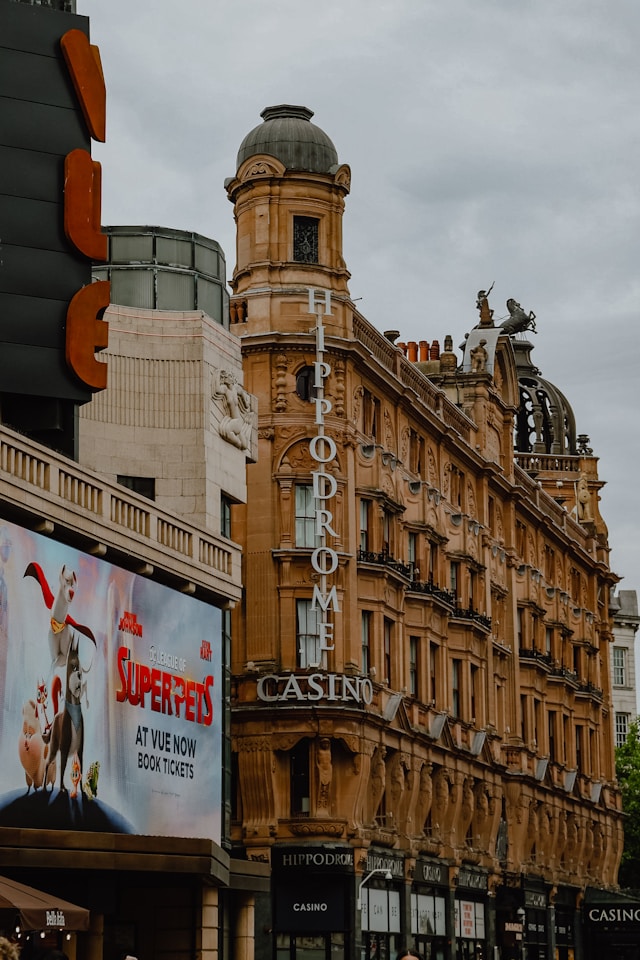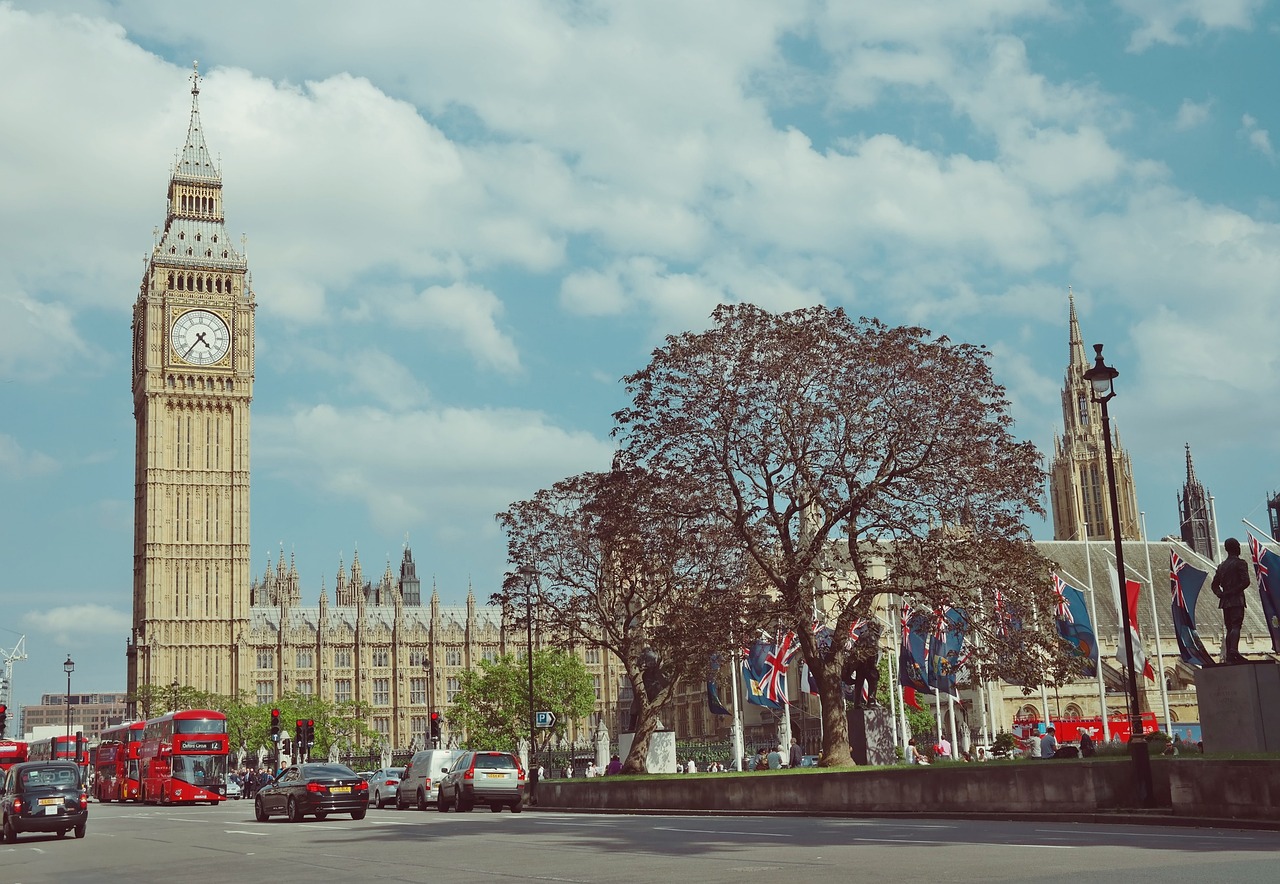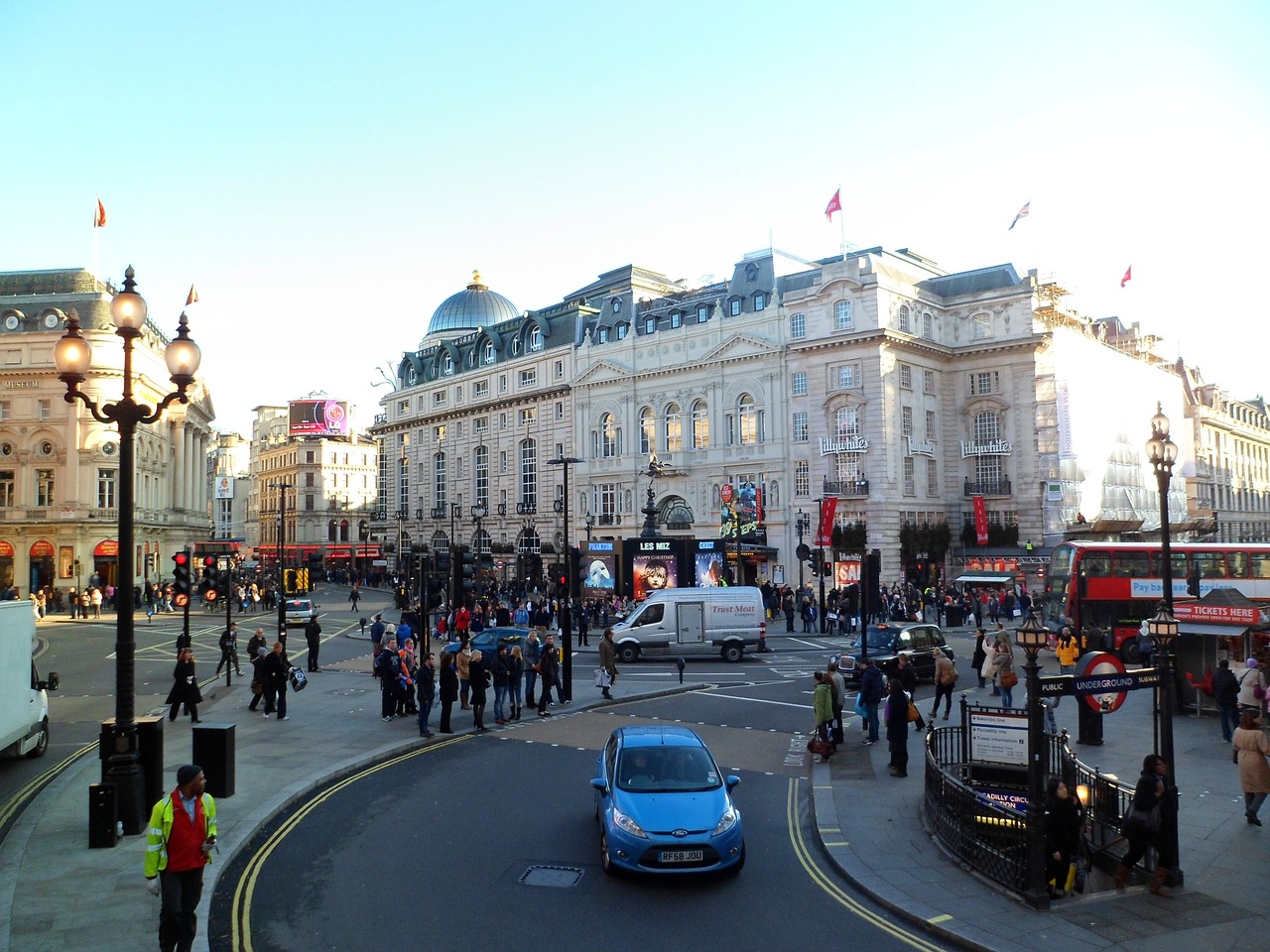London’s architectural history is steeped in grandeur and elegance, which is reflected in its collection of historic casinos. These buildings are often housed in structures that date back centuries. They combine a rich blend of styles ranging from Georgian to Edwardian and even Art Deco influences.
Many of these casinos have become iconic landmarks. They offer a glimpse into the past while serving the city’s modern entertainment needs. They range from former private clubs to transformed theatres. London’s casinos are not only spaces for entertainment but are also monuments of the city’s architectural heritage.
While online casinos offer convenience and accessibility, the grandeur and immersive atmosphere of London’s historic casinos are unmatched. This article delves into the architectural wonders of iconic London casinos. Discover how their rich history and design create a unique ambience that even the best casino sites cannot replicate.
The Hippodrome Casino: From Theatre to Architectural Icon
The Hippodrome Casino’s building was originally designed as a grand theatre in 1900 by the renowned architect Frank Matcham. Its transformation from a theatre into a casino has been one of the most remarkable in London’s architectural landscape.
The exterior, with its red-brick façade and Baroque detailing, showcases the opulence of the Edwardian period. Inside, the casino retains elements of its theatrical origins. You’ll see sweeping staircases and an auditorium that has been repurposed into a large gaming area.
The ornate interiors and lavish design remind visitors of the building’s theatrical past while offering a luxurious and modern casino experience. The Hippodrome Casino’s unique blend of theatre and casino makes it stand out in London’s entertainment scene. It preserves its historical grandeur while serving as a top destination for gaming.
The Clermont Club: A 17th Century Stately Building
The Clermont Club occupies one of London’s most historic and prestigious buildings. It is located in a 17th-century townhouse in the heart of Mayfair. The building, originally designed by William Kent, is a prime example of Palladian architecture. This is characterised by its classical columns, symmetrical façade, and elegant proportions.
The Clermont’s interior is equally impressive. It features period-appropriate décor. Its ornate fireplaces, grand staircases, and richly furnished rooms reflect the lavishness of the Georgian era. As a Grade II listed building, The Clermont Club has undergone careful restoration to preserve its architectural heritage.
Its stately design and exclusive atmosphere have made it a favoured destination for London’s elite for decades. The club’s combination of historic architecture and exciting gaming creates a unique experience. It transports guests back in time while maintaining the grandeur and sophistication of modern Mayfair.
The Colony Club: Modern Glamour with a Historic Touch
The Colony Club stands out with its blend of modern luxury and subtle historical references in its architectural design. While the building is primarily contemporary in its construction, it pays homage to London’s architectural past with touches that echo classical styles.
Located in the upscale Mayfair district, the club’s interior features high-end materials like marble and polished wood. These are complemented by sleek, modern furnishings. The grand entrance and high ceilings evoke the grandeur of older buildings, while its minimalist design brings it into the 21st century.
The Colony Club’s architecture reflects London’s ability to marry the old with the new, creating a luxurious and timeless space. Its design caters to a modern clientele while respecting the traditional elegance of its Mayfair surroundings. This balance of history and innovation makes The Colony Club distinctive in London’s casino scene.
The Empire Casino: A Fusion of Modern and Historical Elements
The Empire Casino, located in the heart of Leicester Square, is another prime example of how modern casino design can integrate with historical architectural settings. Originally opened in 1884 as The Empire Theatre, this building has undergone several transformations. It evolved from a theatre to a cinema before becoming the grand casino it is today.
The exterior retains its original Victorian design elements, with ornate detailing and a grand façade that speaks to its rich history. Inside, The Empire Casino embraces contemporary luxury, featuring state-of-the-art gaming facilities and modern design elements.
However, remnants of its past are visible in its high ceilings, sweeping staircases, and occasional nods to its theatre roots. This blend of old and new creates a unique atmosphere. The Empire Casino is a hub for gaming and a significant part of London’s architectural heritage in Leicester Square.
Final Thoughts
London’s historic casinos are more than just entertainment venues; they are architectural landmarks reflecting the city’s rich history and evolving tastes. From The Clermont Club’s Palladian elegance to The Hippodrome’s theatrical grandeur, these buildings stand as symbols of refinement and heritage.




